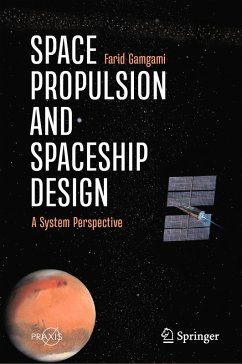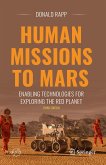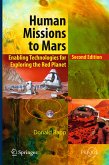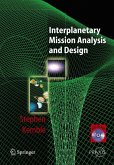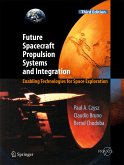The book therefore begins with the astronomical context relevant to human exploration of the solar system. This challenging endeavour requires powerful space propulsion systems of various types. Existing and emerging technologies are systematically discussed. Principle similarities and technological analogies between the different types are highlighted. Starting from the physical working principle, the book progressively extends the view to subsystem and system design aspects. This approach recognises that the propulsion subsystem is the most defining architectural element of large spacecraft, i.e. starships. Such a comprehensive presentation of propulsion technology from a system perspective is not yet reflected in the existing literature.
In order to apply the fundamental knowledge provided in the first 9 chapters, a mission to the dwarf planet Ceres is presented, where different propulsion technologies have to be combined to achieve the mission objectives. In this way, the reader is introduced to the basics of requirements breakdown, design space analysis and the technical trade-off process, all of which are essential for early mission planning. The book is aimed at advanced undergraduate and graduate students, recent postgraduates, and newcomers to the field of spacecraft design where propulsion is essential.
Dieser Download kann aus rechtlichen Gründen nur mit Rechnungsadresse in A, B, BG, CY, CZ, D, DK, EW, E, FIN, F, GR, HR, H, IRL, I, LT, L, LR, M, NL, PL, P, R, S, SLO, SK ausgeliefert werden.

